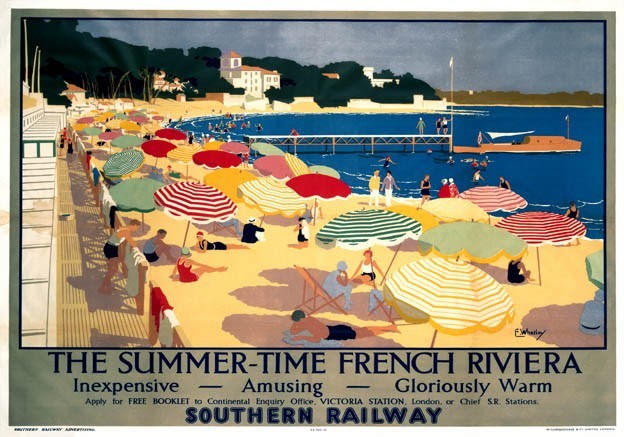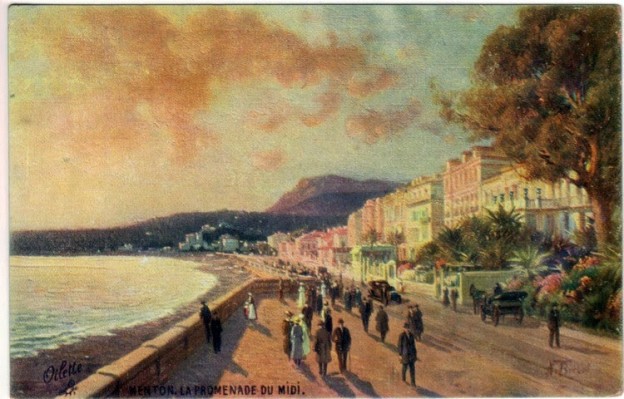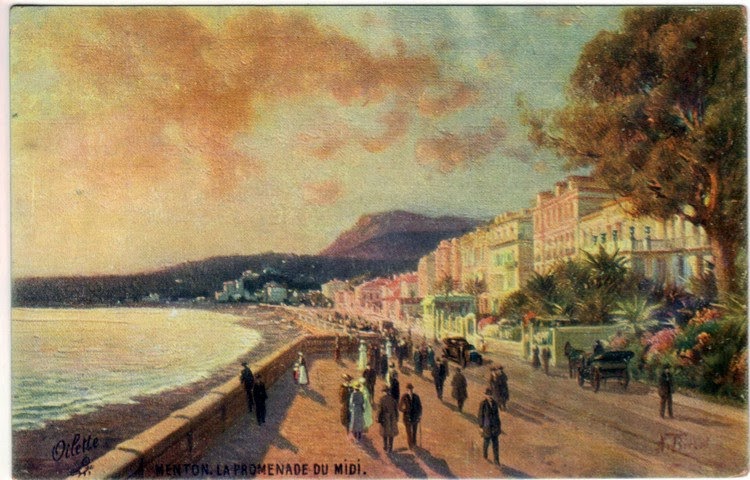 |
| Frontispiece by Frances Ewan showing Sara 'at work in the Art Galleries of Florence.' |

Found - an Edwardian novel by Rosa Mulholland Cousin Sara. A Story of Arts and Crafts (Blackie, London 1909). A novel of its time with a setting in the artistic world, with Britains travelling in Europe (Italy) and manufacture and invention. These themes appeared in many novels of the time - especially Galsworthy, E.M. Foster and H.G. Wells (the brilliant Tono Bungay- also from 1909). The plot is neatly summarised on a loosely inserted flyer:
Miss Mulholland's new book is a story of arts and crafts in the double sense of both words. The scene is laid in Belfast and its environments, in London, and in Italy. Sara's father has lost his legs in battle, as developed a talent for the invention of machinery. Arno Warrender is the son of a dead friend of Robert Montgomery, owner of Montgomery's flax spinning mills at Bleachgreens, and has been received in the office of the mill side-by-side with Harvey Durrant, the protege and supposed heir of Sir Jonah Cunnyngham, a wealthy banker and retired shipbuilder. Arno, with genius and passion for art, gets into disgrace, and through tribulation finds freedom, flies to Italy, and gains the highroad to distinction, while Harvey remains the favourite of his circle. The Colonel's important invention is stolen and patented by a person in his confidence, while the real inventor is discredited. On this incident, and all that leads up to it, and on its consequences the main action depends. Sara is a devoted daughter, and the good angel of Arno through all his troubles.






